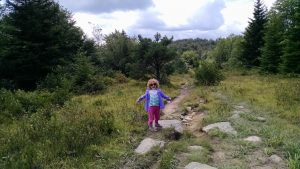Every year around Independence Day, I like to disconnect from the grid and get out into the backcountry. Over the last decade, more often than not, I’ve spent this time backpacking among the mountain laurel and wild blueberries in West Virginia’s Monongahela National Forest. The Dolly Sodds Wilderness Area within is a fascinating part of the world—a windswept plateau with a peat bog ecosystem reminiscent of southern Canada.
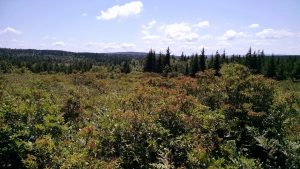
The added bonus is that it tends to be about 20 degrees cooler than my home in Washington, D.C.
This year, I was in Boone, NC, to give a talk at Appalachian State University about The Great Transition. Rather than heading back north, I brought my family along to spend a few days camping in the Cherokee National Forest in Tennessee. We hiked a small slice of the Appalachian Trail to Laurel Falls and rockhopped in the stream. Fireflies and a campfire provided the evening show.
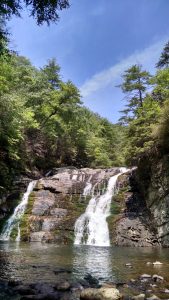
This time outdoors reminded me of a recent column by Richard Conniff, author of House of Lost Worlds: Dinosaurs, Dynasties, and the Story of Life on Earth, among other fascinating books. This piece should be recommended reading for those teaching and studying natural sciences.
I confess that nostalgia drew me in to read the article. Coniff’s opening anecdote about tracking red-legged frogs in California immediately transported me to my part time undergraduate job with Stanford’s Center for Conservation Biology. My regular post was the greenhouse where I fed butterflies with a syringe and counted their eggs, but occasionally I had the pleasure of pulling on hip waders and a headlamp to traipse through creeks hoping to hear the distinctive call of the threatened red-legged frog. When I say it was a pleasure, my tongue is far from my cheek. Getting away from the computer lab into the fresh night air to squish in the mud was an absolute highlight of my undergrad experience.
With that backdrop, I took the following news with sadness, followed by a twinge of excitement. Apparently, teams of biologists no longer need to stay up late for the frog counting task. Instead, a series of well-placed microphones and a computer algorithm attuned to the red-legged frog’s song can take their place.
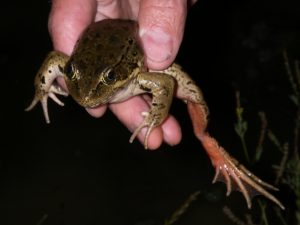
There’s no question that data is needed for conservation. You need to understand what’s out there—are populations going up, down, staying the same? Are they mixing or moving?—to know how to preserve it. Technology that aids data collection can accelerate science and, potentially, facilitate the protection of vulnerable species, like our red-legged frog friend.
As Conniff notes:
“Wildlife biologists can now cover vastly more territory with the help of listening devices, camera traps, drones, satellites, remote DNA testing, and other technological shortcuts. This doesn’t just save time and money—it also clues them in to the presence of species they didn’t even suspect existed in a particular habitat. It helps them catch and convict poachers. And it provides them with the sort of big data—quantifiable, verifiable sightings—that gets respect from so-called hard sciences.”
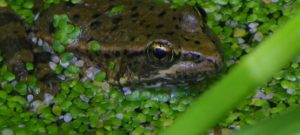
It is easier than ever in the fields of ecology and environmental science to rest comfortably among the theories and equations used to describe natural systems without ever setting foot into them. Scientists working in the “publish or perish” academic environment can crank out papers quickly using technology and existing datasets rather than spending months or years in the field, hoping to get lucky. But what gets lost when you are immersed in algorithms, spreadsheets, and computer code rather than frogsong and fireflies? What insights will be missed if satellites—whose vision is continuously getting sharper—replace eyes on the ground?
Whatever our field, we can all take inspiration from the nature that surrounds us. Now that it’s summer in the northern hemisphere, get outside. Stay there as much as possible when the calendar switches to fall and winter, too. Keep in mind the adage “There is no bad weather, only bad clothing.” Think of it as a prescription to save you from “nature deficit disorder.” The cell phones and computer will be there in the morning.
